2006 Kia Optima V6
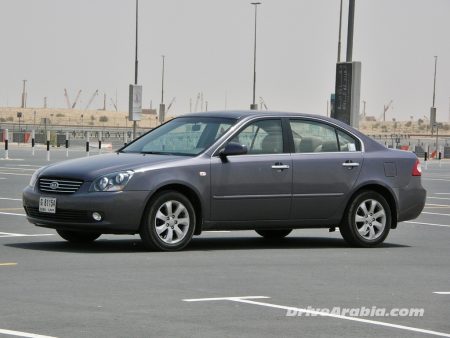
| The Good: – Good build quality – Unbelievably cheap – Appealing interior |
The Bad: – Body roll galore – Fuel economy below average – Torque steer on hard throttle |
Kia is pretty much a forgotten brand in this region, lost in the sea of Toyota, Honda and Nissan appliances. Of course Kia itself has offered nothing more than appliances themselves, but now, under the guidance of ever-improving Hyundai, we are seeing some sort of quiet renaissance in their product line-up. And the brand-spanking-new Optima is the appealing result of this change.
The first thing that caught up about the Optima is its spiffy new look. It still looks anonymous, but in a good way, and borrows heavily from more fancy cars such as Infiniti, but with nice touches such as 16-inch rims and dual chrome exhaust tips on our V6-powered tester. The profile is perfect, but it looks a little too high, with sizeable fender gaps above the wheels. There are no flaws with the exterior build however, with tight panel gaps rivalling Toyota and Honda. Considering our top-line version costs less than a basic Honda Accord, we were impressed.
The interior continues the quality feel, with excellent upper interior materials that feel good to the touch. The lower half of the cabin makes do with hard plastics, but they match the upper cabin in look and texture. Our fully-optioned vehicle had leather seats, real or otherwise, and even the door panels had leather inserts. The seats themselves were more sofa-like than bucket-like, good for the highway but not for the track. All five seating positions had headrests however, and there was ample legroom and headroom both front and back. The dashboard and centre console was trimmed with metal-look plastics that were actually rather appealing, and the partially-digital instrument gauges were beautifully bright and colourful, but the dash is crowned by an ugly black stereo deck that could’ve come from any cheap car. However, the stereo functioned as good as any other, with quite good sound quality and even CD/MP3 capability. We do have to mention that, even though the build was largely perfect, we found that a small plastic piece under the front seat had come off, but a similar piece had also come off in a Mercedes-Benz we tested earlier that cost four times more than the Optima, so we aren’t whining about it too much. Maybe someone who reviews these cars before us is going around kicking pieces off test cars.
The a/c keeps the interior adequately cool, for the most part. Luggage trunk space is pretty good, though nowhere near as cavernous as that of a Toyota Camry, but the fold-down rear seat means space can be increased as needed. The usual power accessories, such as windows, mirrors, front seats, keyless entry and sunroof, were all present. And there is no shortage of cup-holders front and back. There are even roof-mounted little lights above the sun visors, taken directly from its upscale cousin, the Hyundai Azera. All-round visibility is very good, but there are optional beeping rear parking sensors available too, if you need them. The requisite dual front airbags are standard.
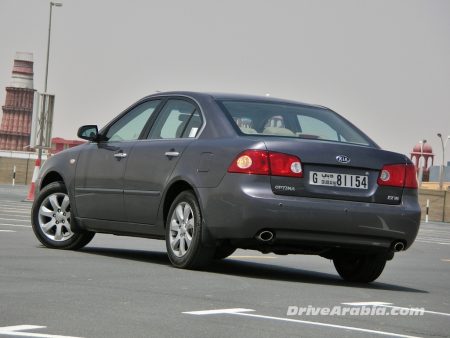
Around town, the top-of-the-range 2.7-litre V6 is very lively, with more responsiveness than similarly-priced 2.4-litre 4-cylinder Honda and Toyota offerings. The V6 is good for 185 hp and 246 Nm of torque, easily enough for city and highway duty, but just as easily falling behind the very expensive V6-engined Japanese midsizers which boast more than 240 horses. Fuel economy is on par with those same Japanese V6 midsize sedans, so you actually burn the same amount of fuel for a lesser amount of power. With a standard five-speed automatic, it is comfortable to cruise with, with pretty smooth shifting in auto mode, and a basic manual shift function for random goofiness. Under hard throttle, the engine is smooth, but sounds rather gruff, yet it largely shuts up at highway speeds, with little wind noise, but a noticeable amount of road noise starts to rumble in at 100 kph and beyond. The suspension is heavily biased towards comfort, and therefore allows a fairly smooth ride over most surfaces.
Floor the accelerator from a standstill, and the tyres give out a chirp, along with some torque steer, which essentially causes a slight tug of the steering wheel to one side in this front-wheel-drive car. This also happens in many V6-powered Nissan cars, so it is nothing new for us. Once rolling, it takes as long as 9 seconds to reach 100 kph. Hit the corners fast and there is a good amount of body roll. There is also a good amount of grip until the limit is reached, which could be as high as 140 kph on a long on-ramp curve. At this point the car starts understeering, allowing the front wheels to screech outwards of the turn, so you have to back off to bring the car in line again. At speeds below 60 kph, understeer in tight-radius corners can be quelled with a quick yank of the strong handbrake, though this is obviously not advisable in public. Steering feel is somewhat firm, which allows for a bit better control at high speeds, though parking requires a bit more effort than, say, a Lexus, which is not saying much. The four-wheel disc brakes are pretty good, with fairly linear pedal feel and advanced ABS backing you up.
The Kia Optima is an excellent entry in the midsize segment dominated by the Japanese. It is built as good as the best, and cheaper than anything else in the niche, even when fully loaded with luxury features. It does aim for a more luxurious driving experience rather than a sporting one, but everything from Honda or Toyota is the same too, at a higher price. Remove the “Killed In Action” badges from this Korean car, and people will automatically assume it is Japanese. If Kia bothers to tighten up the suspension and dumps a more competitive V6 into the engine bay, we’d totally dig it.
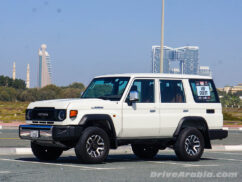
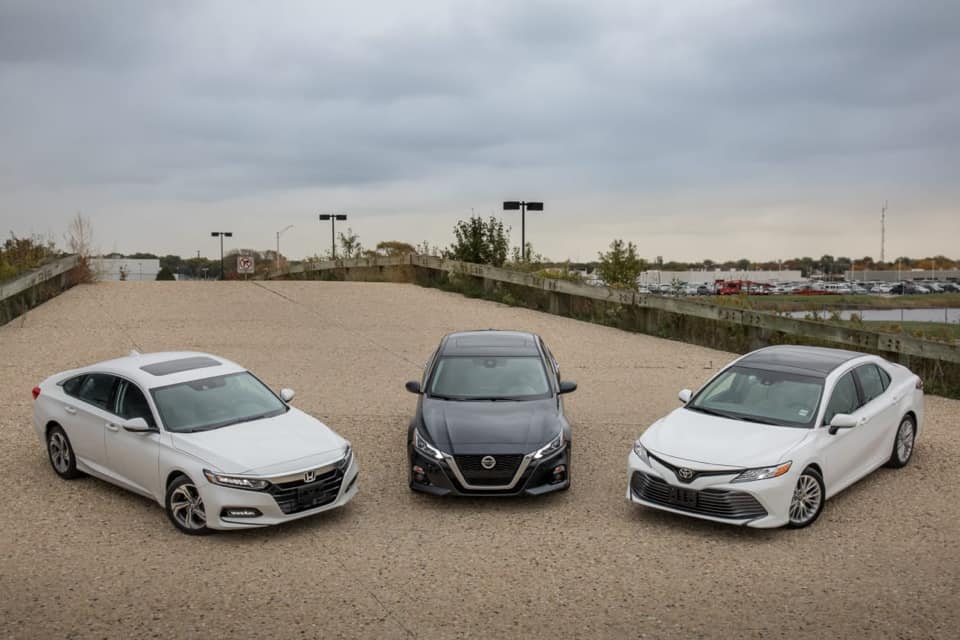
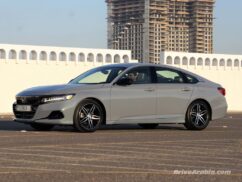
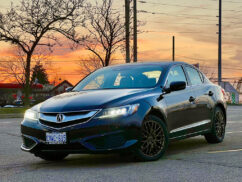
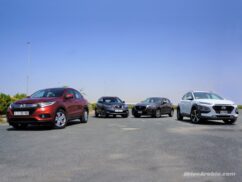
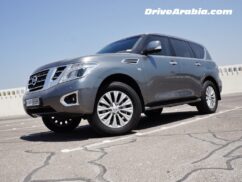
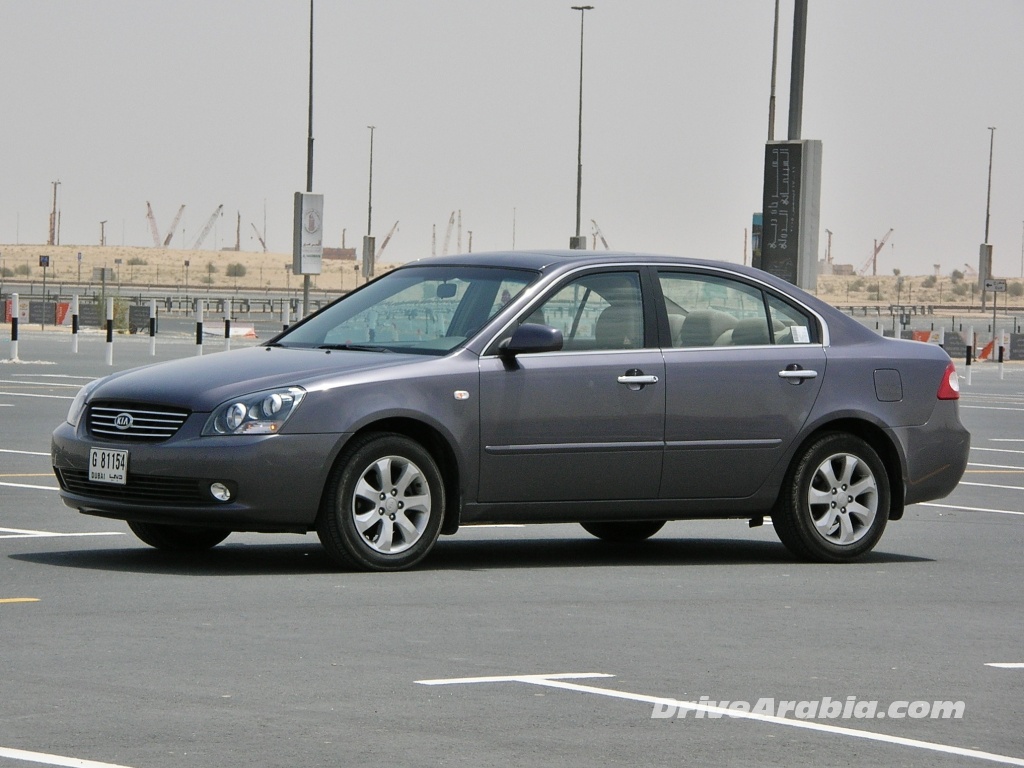
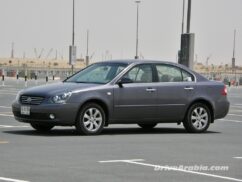
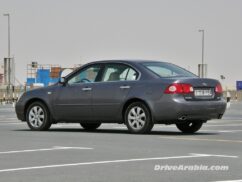
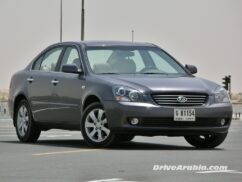
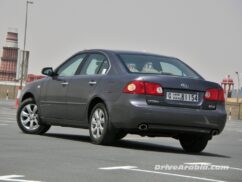
Comments
ahmed
Its almost based on the Hyundai Sonata, including engine, gear and many mechanical parts.
Ahmad Shumayal
Surprised by the lack of comments here 😛
“At speeds below 60 kph, understeer in tight-radius corners can be quelled with a quick yank of the strong handbrake, though this is obviously not advisable in public”
I guess this can be said for any car. Good to read the old reviews now and then, to see how everything has evolved to today. ^_^